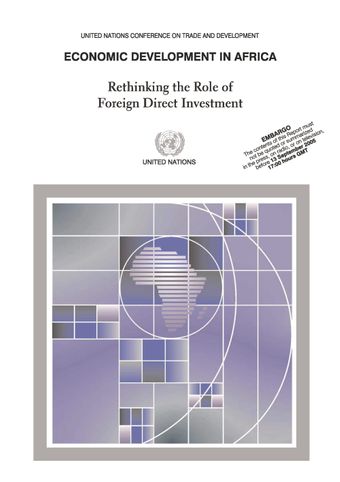Conclusions

- Author: United Nations Conference on Trade and Development
- Main Title: Economic Development in Africa 2005 , pp 82-83
- Publication Date: November 2005
- DOI: https://doi.org/10.18356/ede3d16a-en
- Language: English French
In order to achieve the Millennium Development Goals by 2015, Africa needs to grow at an annual rate of at least 7 per cent. While several countries have posted such growth rates since the mid-1990s, these results have been episodic, with few being sustained over long periods, and remain closely bound to changes in external conditions. Since the end of 2003, these changes have included a favourable rise in commodity prices, in particular for fuels and minerals. But dependence on commodities for sustained growth has proven to be a mixed blessing in the past, in part because commodity booms tend to have been shorter than subsequent slumps, and because such booms, particularly when improperly managed, have had a distorting effect on other parts of the productive economy. Accordingly, and even if commodity markets can offer African producers a more favourable future, policies are still needed to address structural constraints that have hindered diversification of the economic base.
-
From This Site
/content/books/9789211556391c013dcterms_title,dcterms_subject,pub_keyword-contentType:Journal -contentType:Contributor -contentType:Concept -contentType:Institution105



